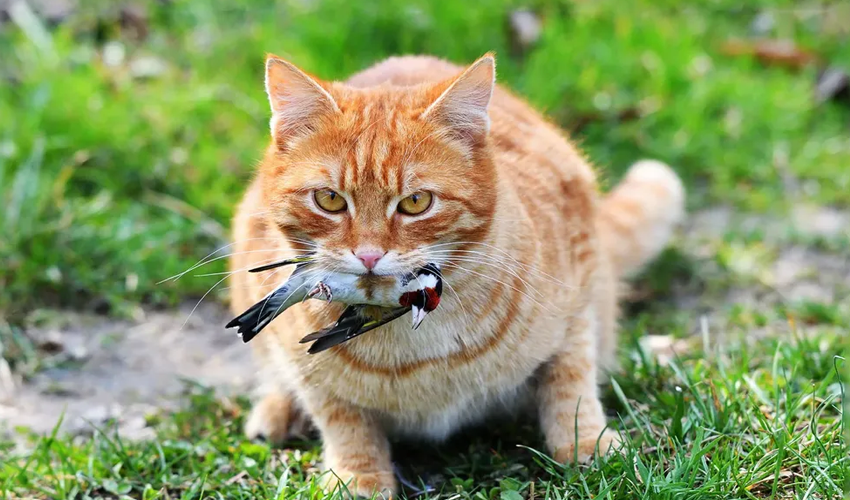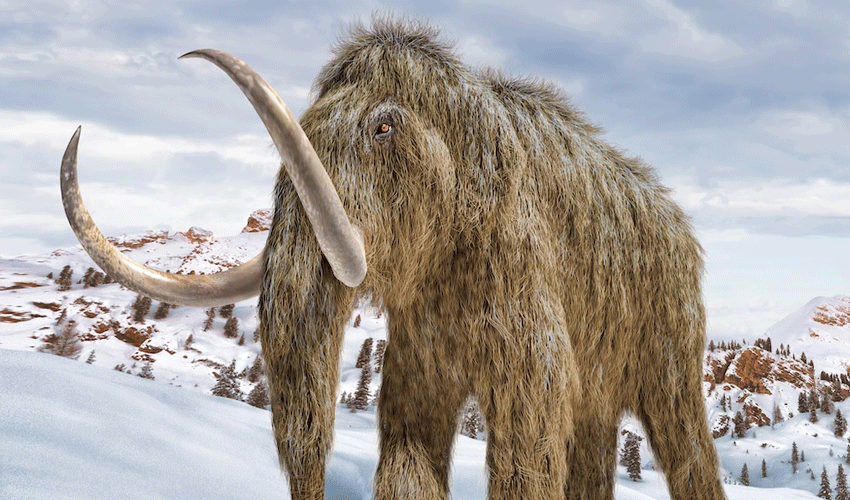In a startling revelation, a comprehensive global study has uncovered that domestic cats, considered beloved companions by many, are posing a significant threat to biodiversity.
The study, published in Nature Communications and led by Christopher Lepczyk from Auburn University in the US, exposes the predatory habits of house cats, labeling them as "amongst the most problematic invasive species in the world."
Since their domestication 9,000 years ago, house cats have conquered all continents except Antarctica, leaving a trail of ecological disruption.
The research, a first-of-its-kind quantification of their global diet, reveals that cats are voraciously consuming over 2,000 species, with a staggering 17% of them being of conservation concern.
The extensive menu includes 981 species of birds, 463 reptiles, 431 mammals, 119 species of insects, and 57 amphibians. Cats' impact is particularly devastating on islands, where they have devoured three times the number of species of conservation concern compared to continental areas.
Notable casualties include species now extinct in the wild, such as New Zealand's Stephens Island Rockwren and the New Zealand quail.
The destructive impact of cats on wildlife has ignited debates globally, with one politician in New Zealand advocating for their complete eradication. Controversies have erupted over competitions encouraging the shooting of feral cats, further dividing opinions on how to manage this escalating issue.
In Australia alone, cats are estimated to be responsible for the deaths of over 300 million animals annually, prompting conservation groups to call for indoor confinement.
Some regions have even implemented feline lockdowns, exemplified by the three-month cat confinement in the German town of Walldorf to protect an endangered population of crested larks.
Previous research has exposed a significant blind spot in addressing the large-scale negative impacts of domestic cats on native wildlife. Approximately 9% of known birds, 6% of mammals, and 4% of reptile species fall victim to cat predation, emphasizing the urgent need for intervention.
Researchers acknowledge the conservative nature of their estimates, expecting the figures to rise as more research is conducted. The study focused on free-ranging domestic cats, acknowledging that larger animals in the count might be scavenged rather than caught as prey.
Conservationists suggest practical measures to mitigate the impact, such as fitting bells to quick-release collars and keeping cats indoors overnight. Ultrasonic devices are also recommended as a harmless yet effective way to reduce cats' time in gardens, helping protect vulnerable bird populations.
Commenting on the study, a spokesperson from the Royal Society for the Protection of Birds (RSPB) emphasized the importance of addressing cat predation, especially for ground-nesting birds and those on islands where terrestrial predators would not naturally occur.
Mike Toms from the British Trust for Ornithology (BTO) commended the study as a much-needed global assessment, identifying areas of particular concern and guiding targeted conservation efforts.



























